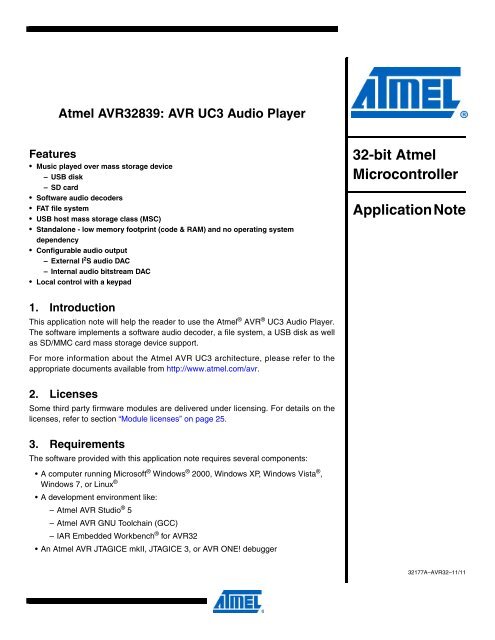

Target connectors are very important when it comes to design and development. The conclusion is that AVR were focused on low-voltage previously but PIC now has been transformed for the low-voltage operation and has launched some products based on picPower. Also the current ATtiny1634 has improved and comes with sleep modes to reduce power consumption when brownout is used which is very useful in battery powered devices. However this is not the case in AVR.ĪVR has improved and launched the latest P (pico-power) variants such as ATmega328P which are extremely low-power. AVR are better known for low-voltage operation than the older PIC series such as PIC16F and PIC18F because these PIC series used chip-erased method that need at least 4.5V to operate, and below 4.5V PIC programmers have to use row-erase algorithm which cannot erase locked device.

With more battery operated products, the PIC and AVR have managed to improve for the low-voltage operations.

The most of the parameters are similar in both PIC and AVR but there are some parameters that surely differ when compared. Target Connectors: The connectors for ease of circuit design and size.Working Voltage: Working voltage of MCU such as 5V, 3.3V or Low voltage.Advanced Interfaces: Advanced interfaces such as USB, CAN and Ethernet.Flash Memory: Whatever code you write goes here after compiling.RAM: All the variables and arrays declared(DATA) in most MCUs.Number of I/O pins : Required ports and pins.Frequency: Speed at which the microcontroller will operate.Depending upon the need of project to compare the two, look at the following parameters such as, In this article the two competing microcontroller brand PIC and AVR will be compared on variety of parameters. When all the information is gathered, then it is a right time to choose the microcontroller. Recognise Memory Requirement of project (RAM, Flash etc).Select the Right Architecture Needed i.e.Interfaces Requirement (like USB, SPI, I2C, UART etc),.Gather information of project such as Size of Project.


 0 kommentar(er)
0 kommentar(er)
